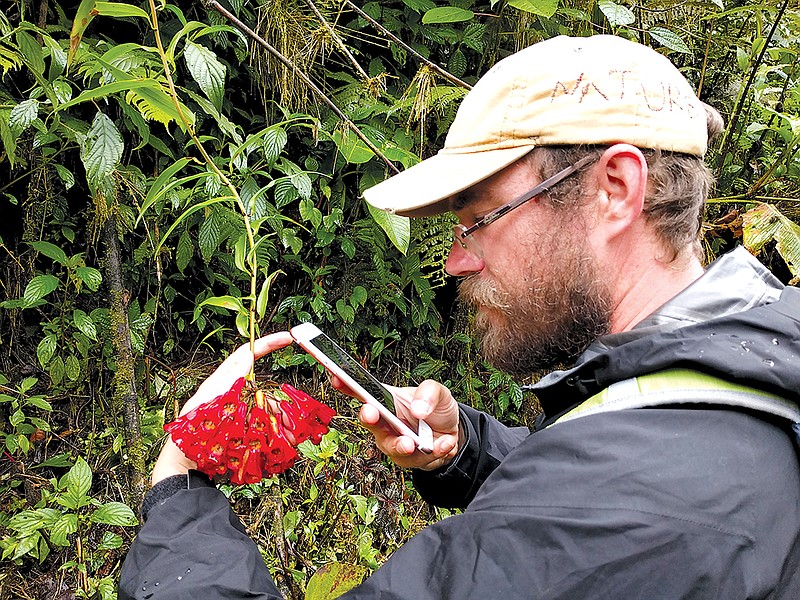The next time you see a flower or creature you can't identify, all you need to do is pull out your smartphone and take a picture.
The iNaturalist app is an international platform that links nature-lovers with others who share their interests - including professionals who can identify unknown wildlife or provide background information on a species when photos are uploaded with a geolocation attached.
"It's built to be equally a biodiversity database and a social media platform," says Jonathan Carpenter, a local naturalist who uses the application for personal use and contracted freelance work.
With every additional user and photo, the database grows. And so does its potential.
"The database is so huge - so big, in fact, that the way we're now looking at the data is different than we ever intended," Carpenter says.
Initially, the expectation was that the information provided by experts via the app or website would help anyone using it to identify species and access other basic information, while allowing researchers to compile one cohesive, internationally accessible database for research. Thanks to a combination of technological advancement and growth in popularity, the app is gaining a mind of its own. If any species is common enough that other people have regularly identified it, the app recognizes the species and identifies it without having to go through another person, Carpenter says.
Anyone from a nature novice to large-scale organizations and environmental science researchers can benefit - and they are. Nearly 430,000 people around the world have signed up for the app, logging more than 5 million "observations" and 115,000 species.
"It's turned into this phenomenal educational tool," Carpenter says, adding that the National Park Service, National Geographic Society and Harvard are all using iNaturalist. "We've even found whole new species.
" It works really well for scientists to use it as well as for the passerby; for the people just walking down the trail who think nature is cool. And the potential really lies in that."
In March, Carpenter and University of Tennessee - Chattanooga adjunct environmental science teacher Laura Marsh took a group of environmental science students to Costa Rica for a private project to document the wildlife there.
"We saw everything from sloths to kawati to tons of species of hummingbirds that were all around," Marsh says.
Playing citizen scientist:
In order to accurately identify a species of plant, photos from multiple angles are needed. For example, to identify a mushroom, a photo of the cap is not enough. A photo of the stalk and the underside of the mushroom, in addition to the cap, is typically enough for identification.
At the end of the six-day excursion throughout the various wildlife preserves across Costa Rica, they had added hundreds upon hundreds of species of plants and animals to iNaturalist, growing the database even further.
"It just shows that the everyday person can have a real impact on environmental science," Marsh says.
To learn more or sign up, visit inaturalist.org or download the app on your smartphone.
